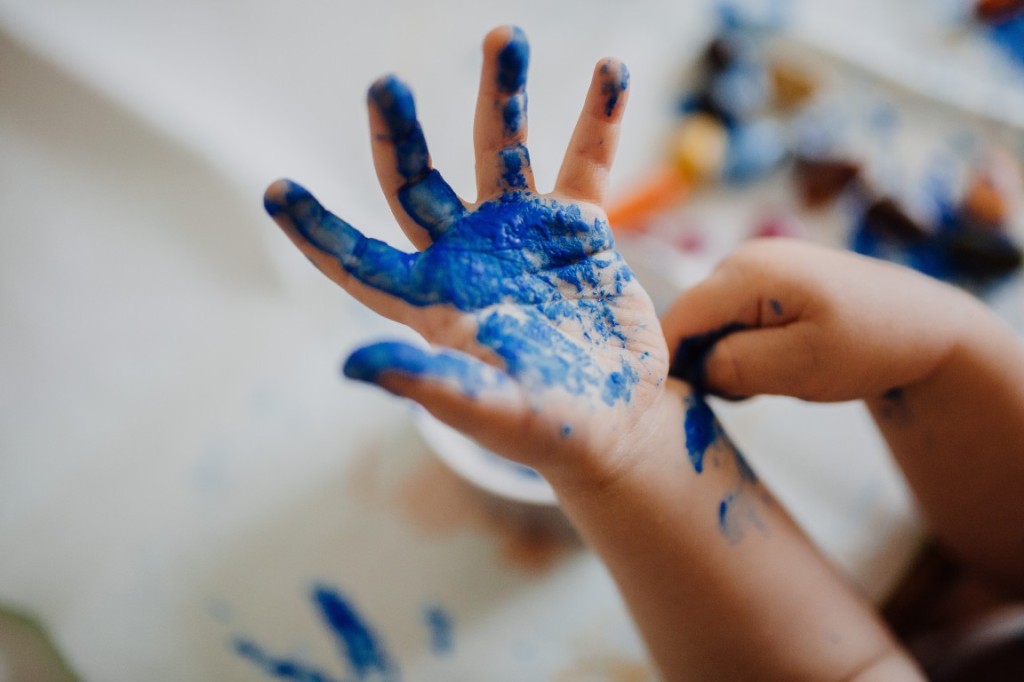Photo by Phil Hearing on Unsplash
Education doesn’t have to follow the norm. Parents and instructors can go beyond the typical teaching routine for children to soak information better.
Reading. Listening. Hands-on activities.
Students’ educational journeys can be summarized into these three terms. For a couple of years that they’re at school to study multiple subjects and themes, these are usually the tasks they would have to pursue. It’s a routine and organized pattern from every academic organization, established and catered toward the most effective and efficient means of learning.
Students actively listen when instructors give their lessons, read available materials to understand further and retain the concepts, and execute the skills they’ve learned for practice and application. This progression and combination of tasks have long been proven successful in contributing to people’s development. These are the learning fundamentals, the processes at the core of education.
There’s nothing wrong with sticking with this norm. After all, this learning design has been entrenched deeply into tradition and has pushed students toward progress and scholarly completion for years on end. Everybody closely sticks to this until graduation, the closure to their hunt for education – the ending where they’re expected to have learned and retained the lessons they’ve received. Surely, this learning and teaching technique must have contributed something; there’s no questioning that.
But the query is, has society studied and looked into how effective this process is for the general populace? Or, does this only cater to the majority who consume and process information typically, those who can benefit from the academe’s typical teaching style?
Jo Ann Gramlich, author of the language development book Talk, Play and Read With Me Mommy, believes children develop and learn language at different rates and through different approaches. How they consume, and process information depends on their learning capacity and development progress. Hence, following a single routine to teach most children may not be as effective as the public believes. Instead of sticking to the traditional, instructors should open their minds to experimenting with different and unique teaching strategies. And the prime example of such is multisensory learning for children who find typical education challenging.
As society becomes more aware of the learning difficulties some children have silently endured, it has started creating instructional approaches catering to their needs.
Children with cognitive difficulties struggle with traditional instruction methods.
Most of them have trouble retaining information if it’s mainly delivered through visual and auditory channels, their brains not consuming these details as effectively as the rest. To maximize their comprehension, these children need to tap into different channels which multisensory learning provides.
This strategy encourages students to absorb information using more than visual and auditory cues. Instructors don’t simply stick to reading and heartening students to follow and read. Instead, it uses activities and techniques that appeal to children’s kinesthetic, tactile, and sometimes, gustatory and olfactory senses.
Although this method was primarily built around children with Dyslexia and other learning disabilities, they may still cater to those without but are struggling with their education.
Multisensory learning methods benefit everyone, not just those with difficulties processing. The logic behind it is pretty simple; the more senses activated during learning consumption, the more neural connections are built, strengthening their ties to memory. This helps learners retain more from what they have consumed.
By prompting students to go beyond reading and listening and executing activities that activate more channels, instructors aren’t only spicing their work and helping promote better retention. As students aren’t simply sitting and remaining motionless throughout the lesson, they’re more engaged and enjoy classes more as they’re provided with more options regarding learning strategies that suit their competence and preferences.
The academe mustn’t assume that students’ learning styles are one-size-fits-all. They shouldn’t be complacent in following a routine simply because it’s what has been established and done. Instead, they should seek more methods and craft more curricula that offer a more comprehensive range of stimulation and benefit a more significant portion of the population.
By tapping into multisensory learning techniques, they aren’t only solving this gap within the academic field and making learning more fun and enjoyable for everyone.
Additionally, using a more varied teaching method allows instructors to know their students better and better grasp what they’re more competent in. This is key to differentiating pupils and setting expectations that cater to them without compromising the others. Knowing this information about children may also help establish and guide them toward activities that help them reach their potential.

Leave a comment